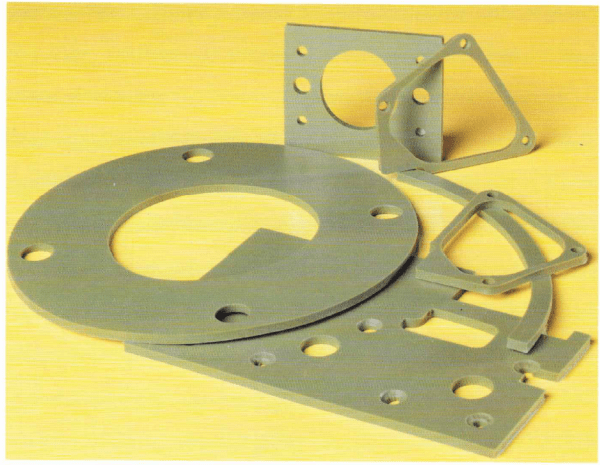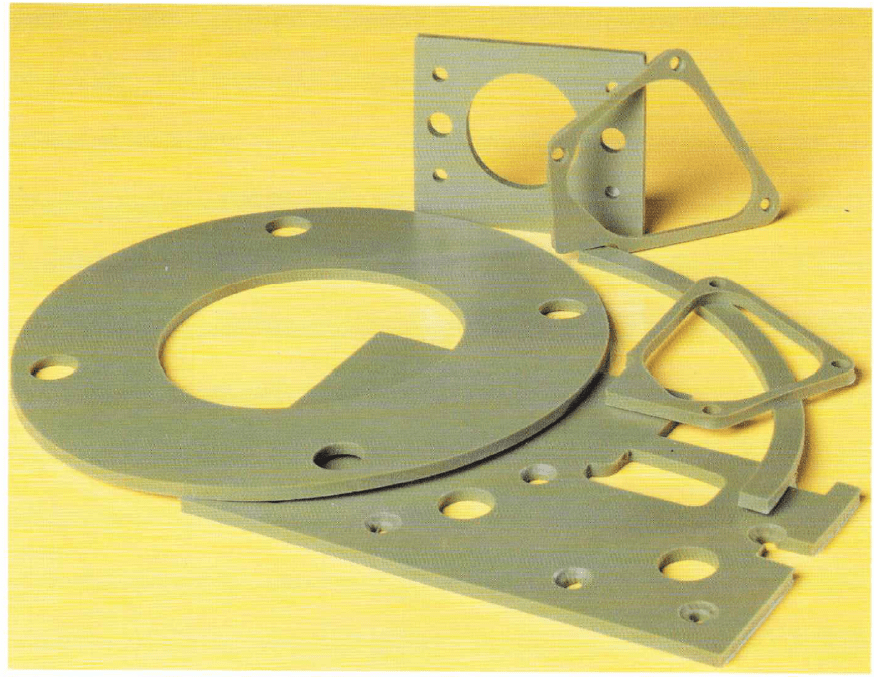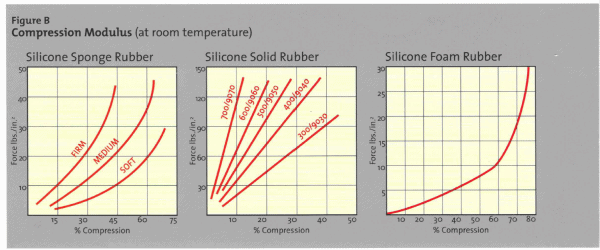 Silicones are a large family of elastomers with a unique chemical structure that gives them superior high and low temperature capabilities that are unavailable in other families of elastomeric materials.
Silicones are very inert and, therefore, resist sunlight, ozone, oxidation, water and various chemicals. They contain no acid-producing chemicals and do not initiate corrosion.
Silicones are a large family of elastomers with a unique chemical structure that gives them superior high and low temperature capabilities that are unavailable in other families of elastomeric materials.
Silicones are very inert and, therefore, resist sunlight, ozone, oxidation, water and various chemicals. They contain no acid-producing chemicals and do not initiate corrosion.

Silicone Rubber Products for High Performance Applications
| 2
 Silicones are a large family of elastomers with a unique chemical structure that gives them superior high and low temperature capabilities that are unavailable in other families of elastomeric materials.
Silicones are very inert and, therefore, resist sunlight, ozone, oxidation, water and various chemicals. They contain no acid-producing chemicals and do not initiate corrosion.
Silicones are a large family of elastomers with a unique chemical structure that gives them superior high and low temperature capabilities that are unavailable in other families of elastomeric materials.
Silicones are very inert and, therefore, resist sunlight, ozone, oxidation, water and various chemicals. They contain no acid-producing chemicals and do not initiate corrosion.


